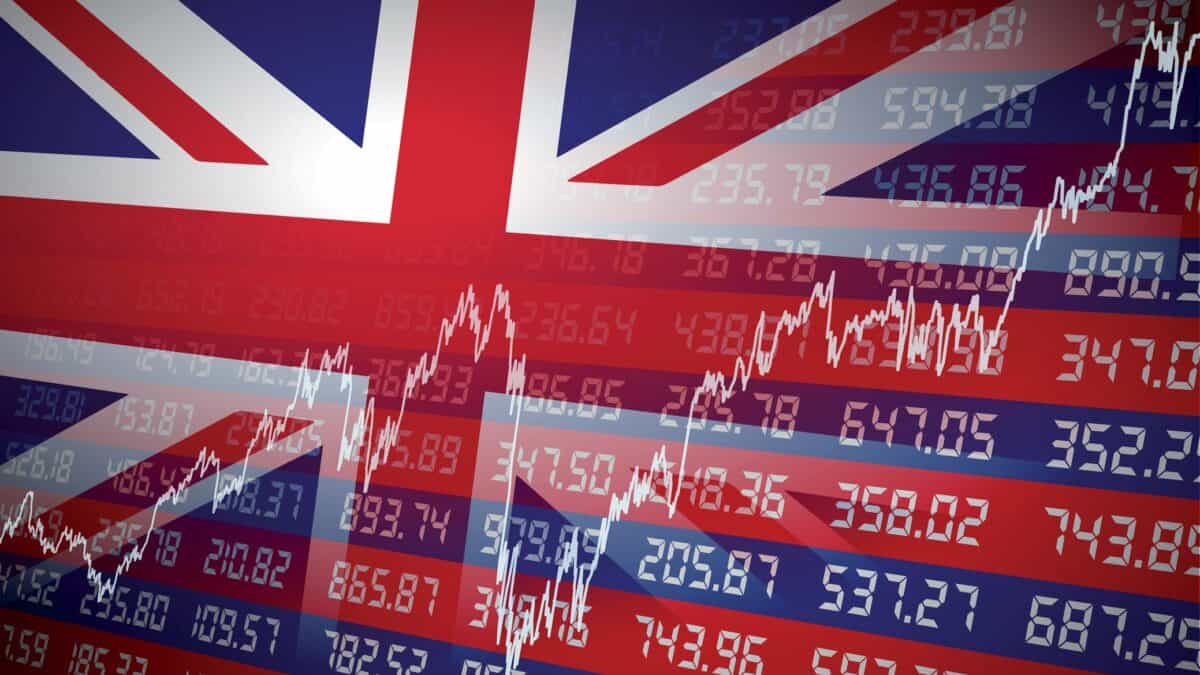
Image source: Getty Images
The FTSE 100 is the main UK stock market index. How much would a £10,000 investment in it have made since October 1999?
Drumroll, please… £13,298. That’s based on a return of 32.98%.
I’d be very disappointed in that.
Why has this happened?
It might be tempting to blame this on the UK economy, but this has still grown faster than the FTSE 100. Its GDP was $1.69trn in 1999 and most recently $3.1trn at the end of 2022.
Furthermore, the FTSE 250 has performed much better, rising by 272.43%.
One explanation is that the index lacks truly innovative world-class companies. A lot of the companies in it are in the financial services, banking, oil, mining, or support services sectors. These aren’t exactly high-growth or exciting companies and it could be why investors aren’t so enthusiastic about investing in them.
How have US stock markets fared?
If we turn our attention to the other side of the Atlantic, we can see that the US stock market indexes have performed much better over the last 25 years.
The S&P 500 has risen by 333.53% in that period. Therefore, my £10,000 would have made me £43,353 with the S&P 500. Much more appealing!
Moreover, the tech-heavy Nasdaq-100 has grown by 693.19%. I’d have made £79,319 with my money.
The reason for this is conversely related to the stagnation of UK shares. Companies in America are way more exciting and exhibit much stronger growth. Some of the greatest and most innovative companies in the world are US companies. Think of the likes of Apple, Tesla, and Nvidia to name a few.
It should be noted that dividends and foreign exchange affects the comparability of different country indexes. For example, the Footsie typically offers higher dividend yields than the S&P 500. Furthermore, different countries tax dividends differently, which affects their appeal. These factors can have an impact on the total return of an investment. However, for simplicity, in this article I have focused purely on the value of the indexes discussed.
Just because US stocks have outperformed UK ones in the past doesn’t mean this will continue.
British companies on the Footsie are starting to look more exciting than before.
Rolls-Royce (LSE:RR) is a great example of this. Since the start of 2023, its shares have rocketed by 469.74%.
This isn’t for no reason either. The company has been experiencing solid growth for a while now. For example, it almost doubled its profit before tax year on year to £1.04bn in the first half of 2024.
It’s also involved in exciting and innovative projects. It was recently chosen by the Czech Republic’s state utility company for its small modular reactor (SMR). The SMR market is expected to be worth £295bn by 2043. This is a great growth prospect, which could fuel the company’s revenue for years to come.
That said its shares are pricey, with a price-to-earnings (P/E) ratio of 31. Therefore, its shares could slide downwards from bad news. With fears of a potential US recession, this is certainly possible.
However, overall, the company is a great example of FTSE 100 shares trending in the right direction. That’s why I’m optimistic the index will experience better fortunes in the years ahead.













